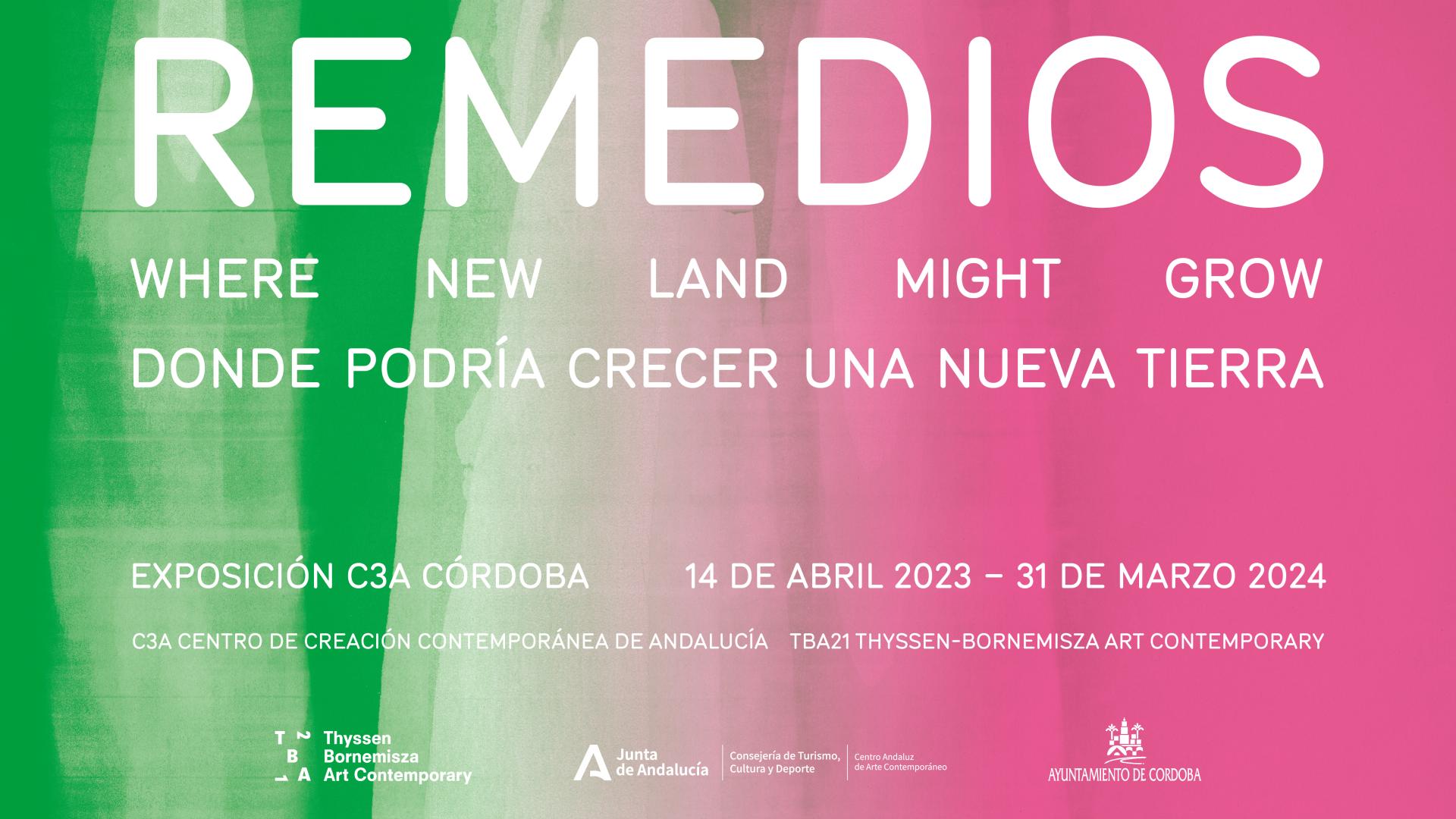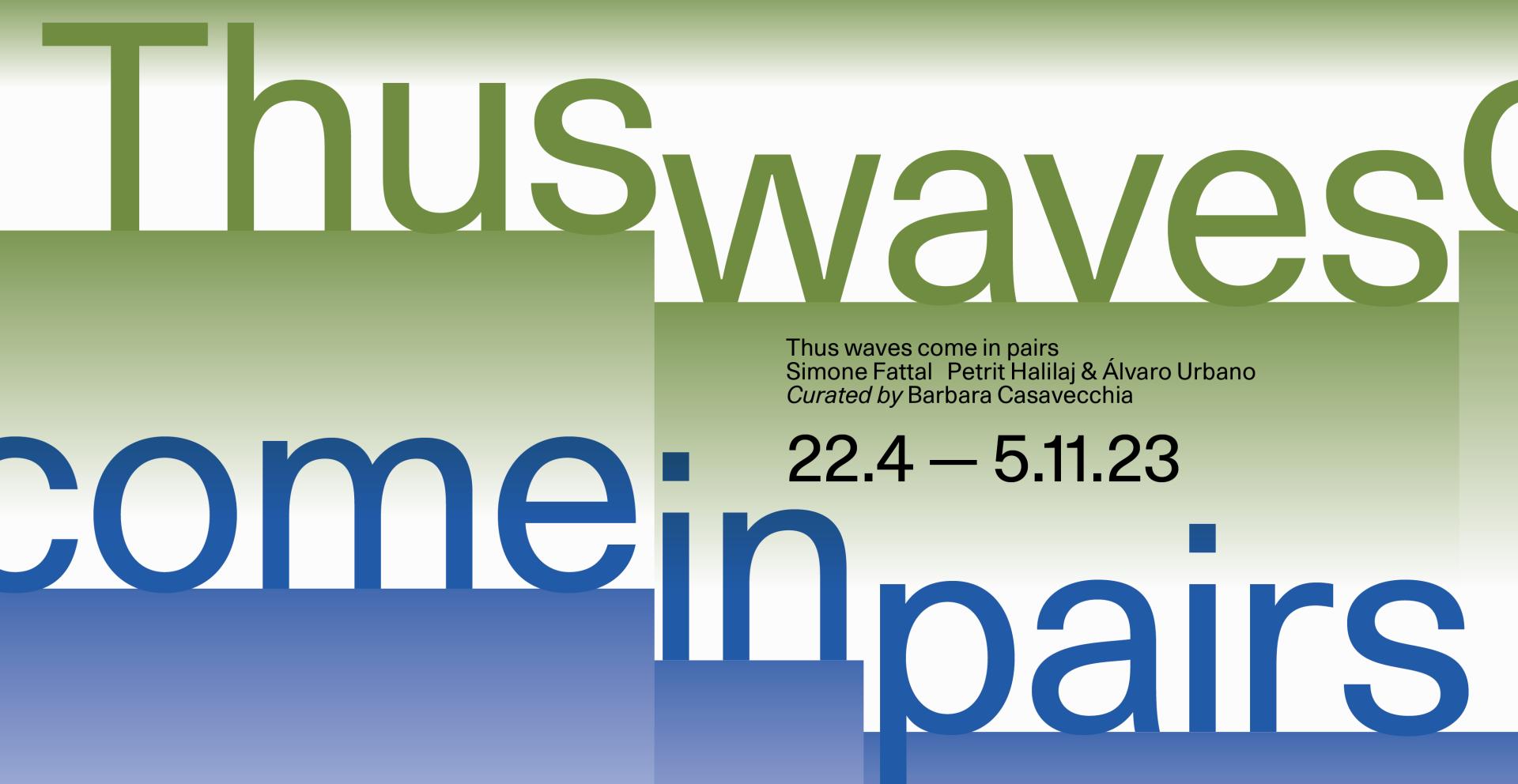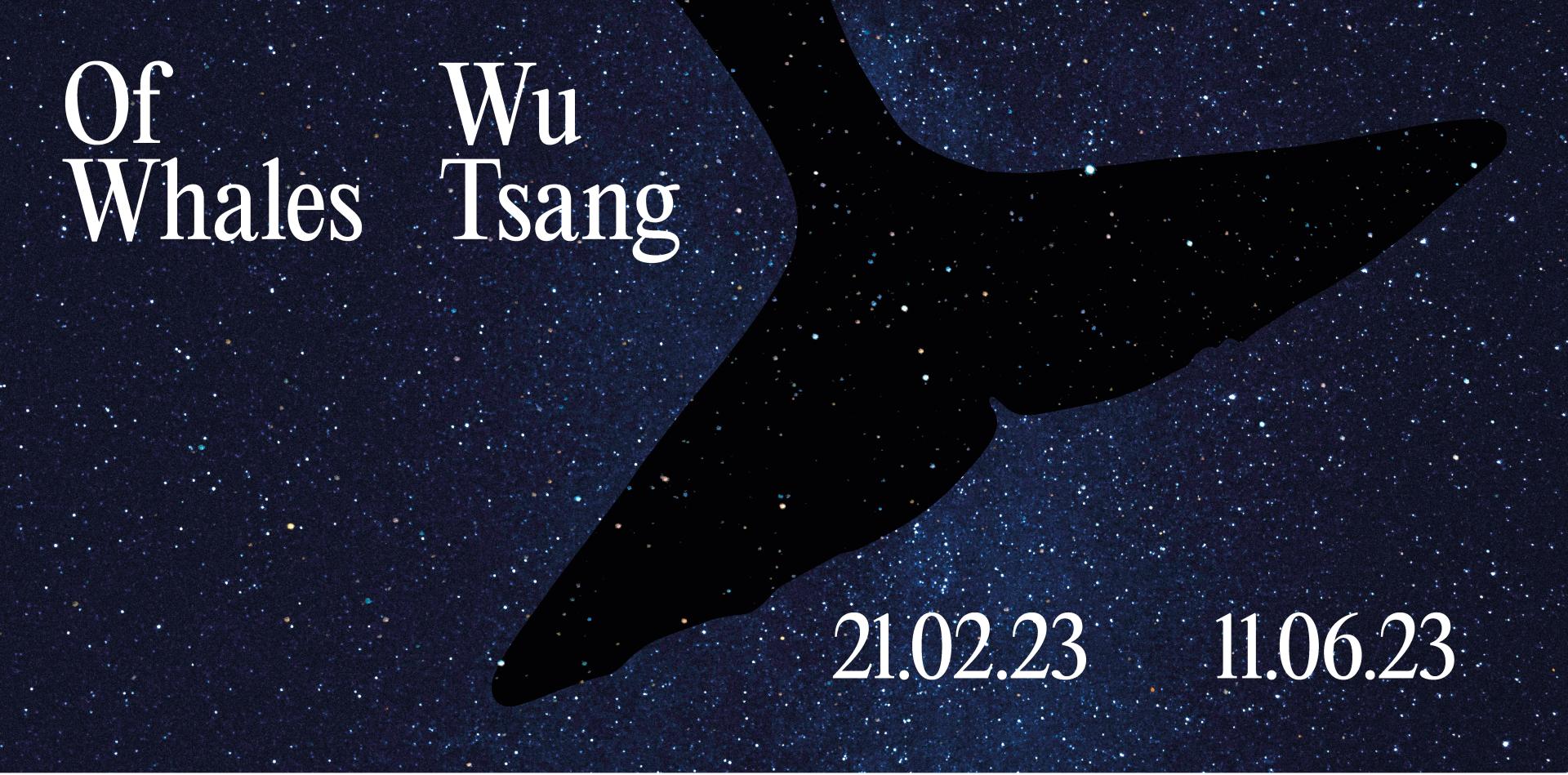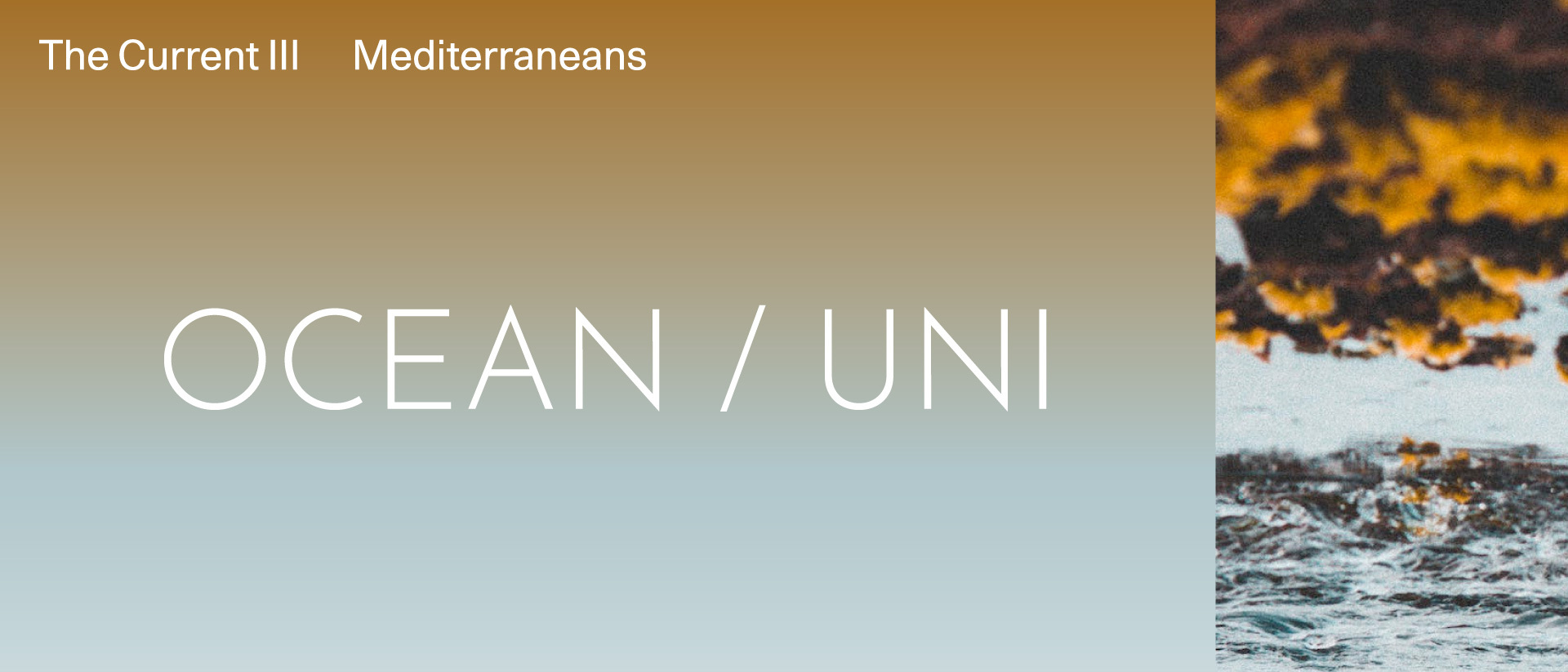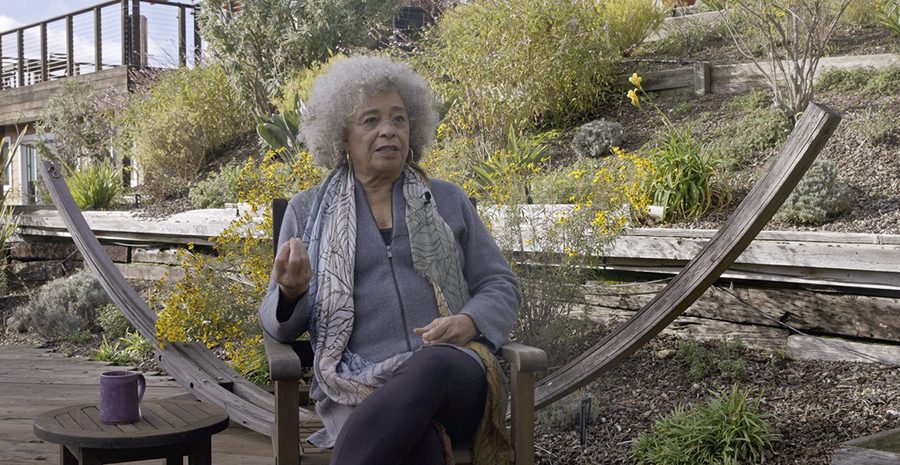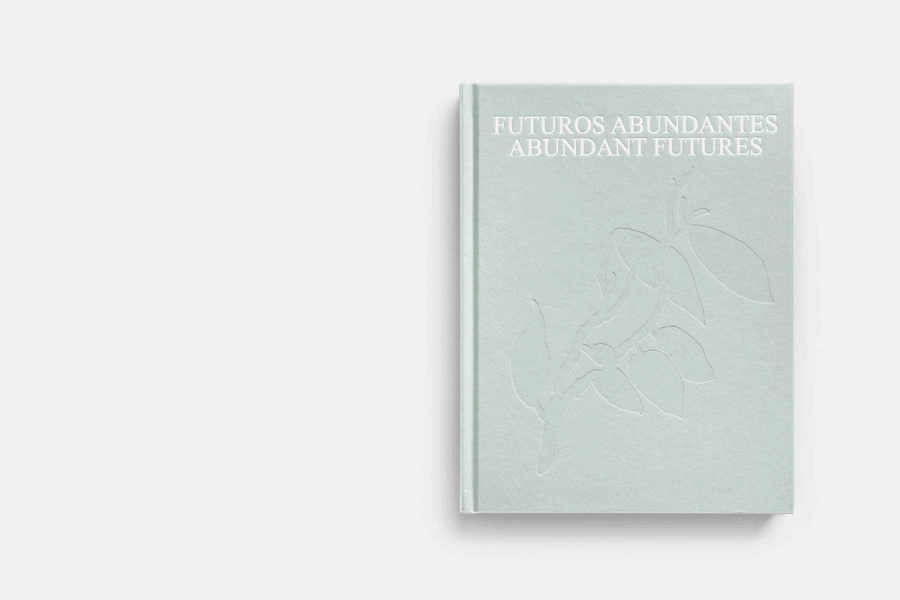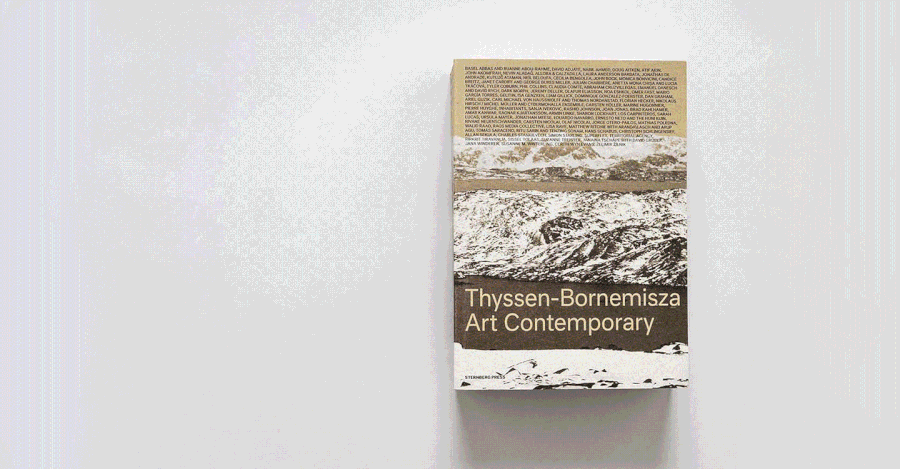Fath 703, 2013
Tomás Saraceno

Photo: Andrea Rossetti, 2014

Photo: Andrea Rossetti, 2014
Collection
Metal, mirror panels, polyester rope, fishing line, steel thread
52 x 78 x 58 cm (each module)
Fath 703 is one of multiple prototypic models belonging to Saraceno’s Cloud City, a project which “envisions a sustainable airborne city inspired by the morphology of soap bubbles, spider webs, cloud formations and astrophysics.”[1] His vision of a habitable, post-terrestrial eco-city is itself part of his more elaborate conceptualisation of a new era called the Aerocene, one which would supplant the Anthropocene, and its devastating effects. Fath 703 therefore represents an attempt to rethink human life on air. Its modularity and visual likeness to the forms of low frequency geodesic dome structures places it firmly in a lineage of visionaries, architects, and artists who sought to develop raised or levitating structures in line with anti-capitalist and ecological concerns. The most notable influence is recognisably Buckminster Fuller and Shoji Sadao’s Cloud Nine (1960), though other examples might include Constant Niewenhuys’ New Babylon (1959-74), and Graham Stevens’ Desert Cloud (1972-2004). Saraceno looks to these projects, not merely for their political or art historical significance as examples of late-twentieth century failed utopian experimentation, but precisely for the sincerity with which they sought to actively and creatively respond to earthly crises in economics, geopolitics, freedom of movement and climate-change.[2] Saraceno’s work can therefore be seen as drawn from the same pool of curiosity as aforementioned trials in radical architecture, whilst incorporating new research from the fields and theoretical frameworks of art, engineering, physics, and environmental studies. The form of Fath 703, for example, is inspired by research carried out by physicist Denis Weaire into the geometry of soap bubbles which he formalised in the development of the Weaire-Phelan structure in 1993, with student Robert Phelan.
By transforming this strand of scientific research into an art-object that can be dealt with both aesthetically and interactively, Fath 703 contributes to Saraceno’s ongoing practice of spatial and material investigation, and its attendant political queries.[3] Indeed, the form and liveability of its structure and others like it raises questions around the kinds of social relations which might occur in these units, and asks how the proximity they generate amongst individuals might forge new forms of communication and collectivity. With freedom of movement a foundational principle of his own philosophy, Saraceno’s vision of a Cloud City built from structures like Fath 703 is intended to operate precisely as corrective on what Chloe Chu registers as “the false promises of modernity—including the many freedoms that are often heralded as part of our universal rights…”[4] Developing this point, Eva Díaz writes that for Saraceno “the paradigm of the floating city transgresses nation-state borders that, especially in the case of Latin America, re-inscribe the power dynamics of colonialism onto the bodies of undesirable migrants, and reinforce land ownership as the criteria for citizenship.”[5] In these ways, the detachment of Saraceno’s Cloud City structures from earth opens up possibilities for redefining concepts of sovereignty and freedom through design, by freeing them from their historical bind with notions of territory, and thereby making a concerted effort to limit the concomitant effects of extractive, territorial, and colonial tendencies which have characterised negative enactments of modern human agency.
— Elsa Gray
[1] https://www.estherschipper.com/exhibitions/79/
[2] Meredith Malone and Igor Marjanović eds., Tomás Saraceno: Cloud—Specific, (Chicago: University of Chicago Press, 2014), 27.
[3] ibid, 15.
[4] Chloe Chu, “Tomás Saraceno: Our Interplanetary Bodies at the Asia Culture Centre,” in Art and Asia Pacific, Nov/Dec 2017, Issue 106, 121.
[5] https://www.e-flux.com/journal/91/197883/we-are-all-aliens/
52 x 78 x 58 cm (each module)
Fath 703 is one of multiple prototypic models belonging to Saraceno’s Cloud City, a project which “envisions a sustainable airborne city inspired by the morphology of soap bubbles, spider webs, cloud formations and astrophysics.”[1] His vision of a habitable, post-terrestrial eco-city is itself part of his more elaborate conceptualisation of a new era called the Aerocene, one which would supplant the Anthropocene, and its devastating effects. Fath 703 therefore represents an attempt to rethink human life on air. Its modularity and visual likeness to the forms of low frequency geodesic dome structures places it firmly in a lineage of visionaries, architects, and artists who sought to develop raised or levitating structures in line with anti-capitalist and ecological concerns. The most notable influence is recognisably Buckminster Fuller and Shoji Sadao’s Cloud Nine (1960), though other examples might include Constant Niewenhuys’ New Babylon (1959-74), and Graham Stevens’ Desert Cloud (1972-2004). Saraceno looks to these projects, not merely for their political or art historical significance as examples of late-twentieth century failed utopian experimentation, but precisely for the sincerity with which they sought to actively and creatively respond to earthly crises in economics, geopolitics, freedom of movement and climate-change.[2] Saraceno’s work can therefore be seen as drawn from the same pool of curiosity as aforementioned trials in radical architecture, whilst incorporating new research from the fields and theoretical frameworks of art, engineering, physics, and environmental studies. The form of Fath 703, for example, is inspired by research carried out by physicist Denis Weaire into the geometry of soap bubbles which he formalised in the development of the Weaire-Phelan structure in 1993, with student Robert Phelan.
By transforming this strand of scientific research into an art-object that can be dealt with both aesthetically and interactively, Fath 703 contributes to Saraceno’s ongoing practice of spatial and material investigation, and its attendant political queries.[3] Indeed, the form and liveability of its structure and others like it raises questions around the kinds of social relations which might occur in these units, and asks how the proximity they generate amongst individuals might forge new forms of communication and collectivity. With freedom of movement a foundational principle of his own philosophy, Saraceno’s vision of a Cloud City built from structures like Fath 703 is intended to operate precisely as corrective on what Chloe Chu registers as “the false promises of modernity—including the many freedoms that are often heralded as part of our universal rights…”[4] Developing this point, Eva Díaz writes that for Saraceno “the paradigm of the floating city transgresses nation-state borders that, especially in the case of Latin America, re-inscribe the power dynamics of colonialism onto the bodies of undesirable migrants, and reinforce land ownership as the criteria for citizenship.”[5] In these ways, the detachment of Saraceno’s Cloud City structures from earth opens up possibilities for redefining concepts of sovereignty and freedom through design, by freeing them from their historical bind with notions of territory, and thereby making a concerted effort to limit the concomitant effects of extractive, territorial, and colonial tendencies which have characterised negative enactments of modern human agency.
— Elsa Gray
[1] https://www.estherschipper.com/exhibitions/79/
[2] Meredith Malone and Igor Marjanović eds., Tomás Saraceno: Cloud—Specific, (Chicago: University of Chicago Press, 2014), 27.
[3] ibid, 15.
[4] Chloe Chu, “Tomás Saraceno: Our Interplanetary Bodies at the Asia Culture Centre,” in Art and Asia Pacific, Nov/Dec 2017, Issue 106, 121.
[5] https://www.e-flux.com/journal/91/197883/we-are-all-aliens/
Tomás Saraceno (San Miguel de Tucumán, 1973) is an Argentinian contemporary artist. He is best known for his large-scale, interactive installations and floating sculptures, and for his interdisciplinary approach to art. His work explores new, sustainable ways of sensing and inhabiting the environment, the result of research into the origins of the observable universe, arachnology and the potential future for airborne dwelling.
Saraceno launched the Aerocene in 2015; an open-source, community project for artistic and scientific exploration of environmental issues. Saraceno is the first person to have scanned, reconstructed and re-imagined spiders' woven spatial habitats, and possesses the only three-dimensional spider web collection in existence.
This biography is from Wikipedia under an Attribution-ShareAlike Creative Commons License.
Saraceno launched the Aerocene in 2015; an open-source, community project for artistic and scientific exploration of environmental issues. Saraceno is the first person to have scanned, reconstructed and re-imagined spiders' woven spatial habitats, and possesses the only three-dimensional spider web collection in existence.
This biography is from Wikipedia under an Attribution-ShareAlike Creative Commons License.



